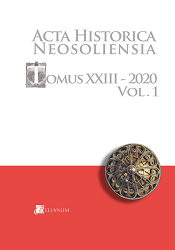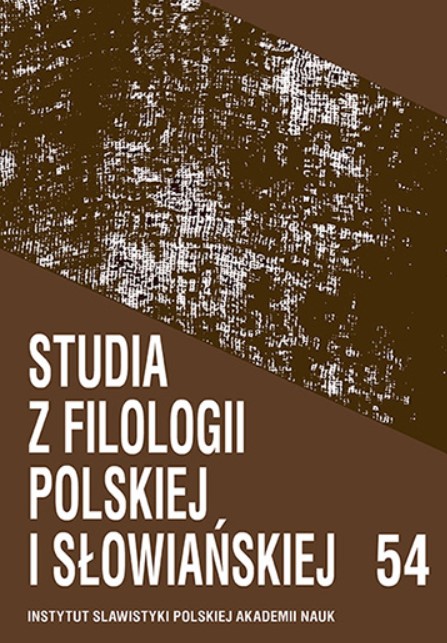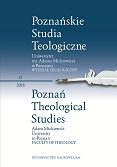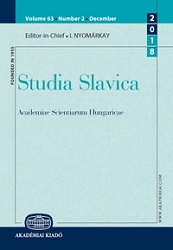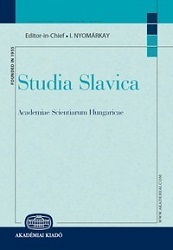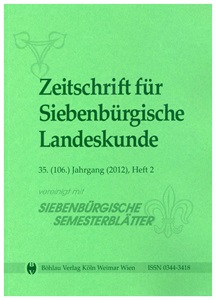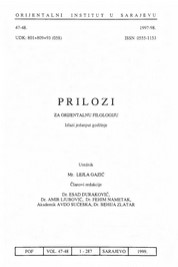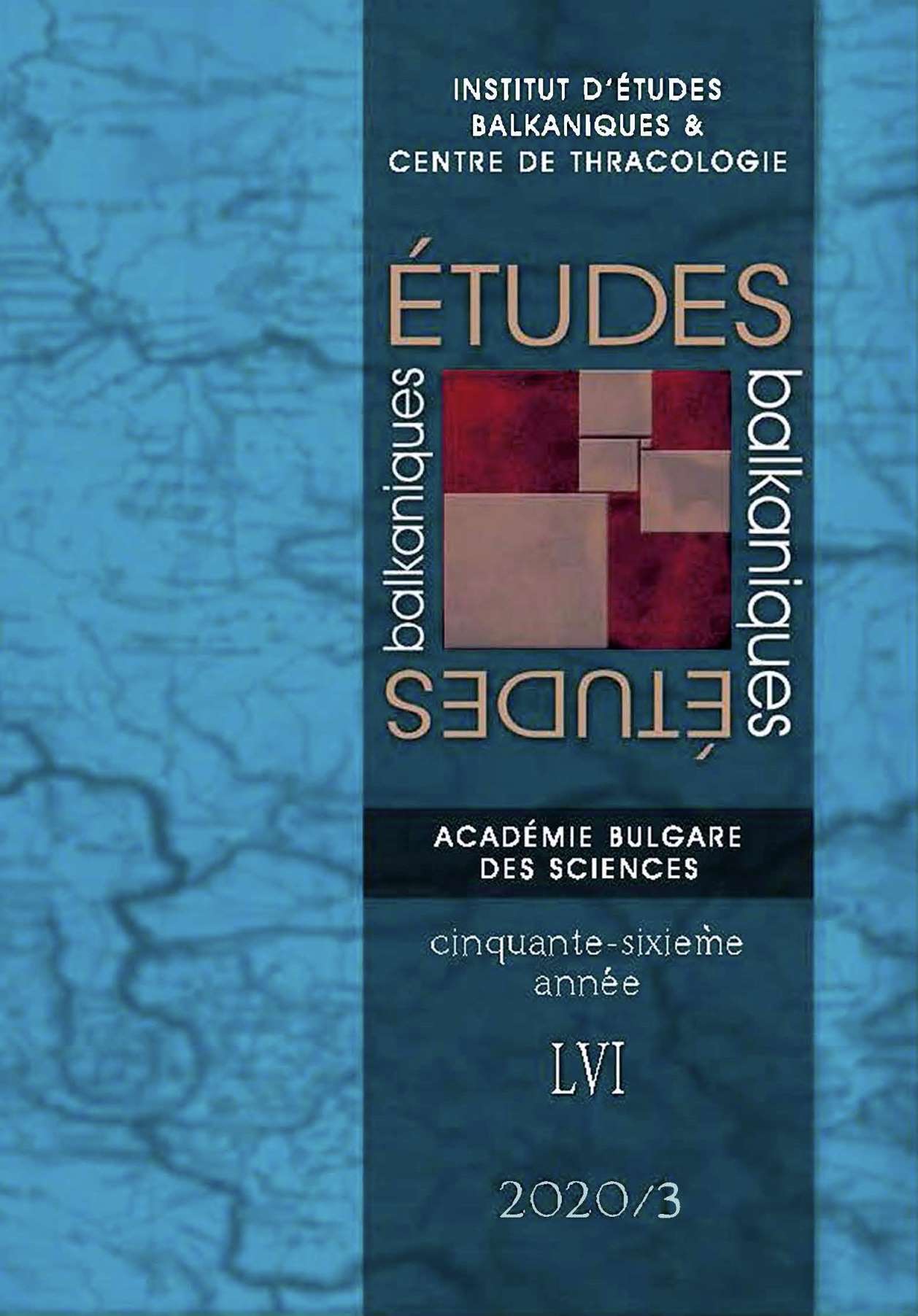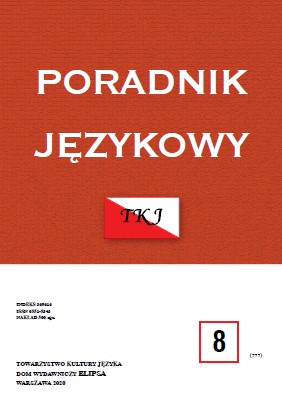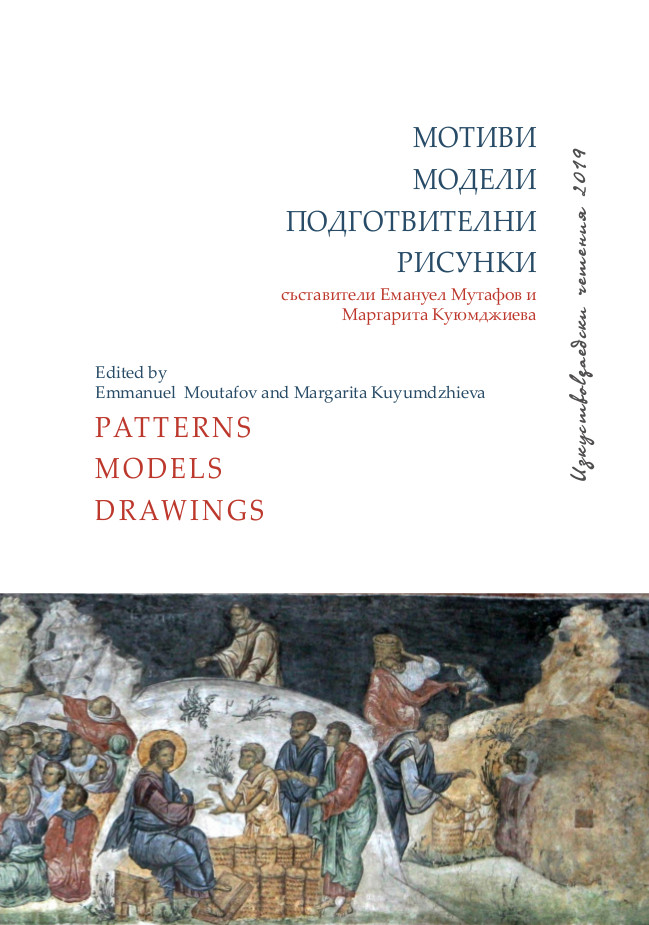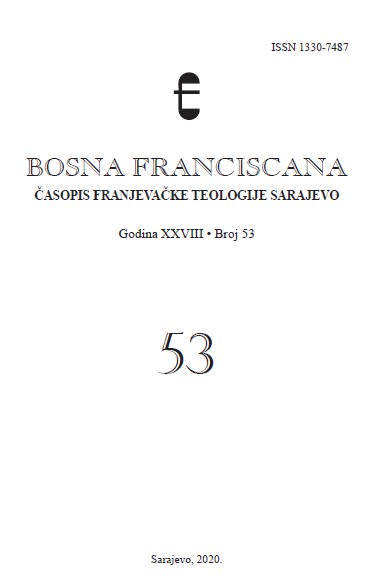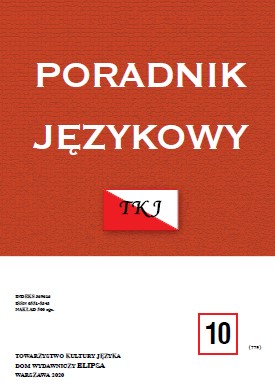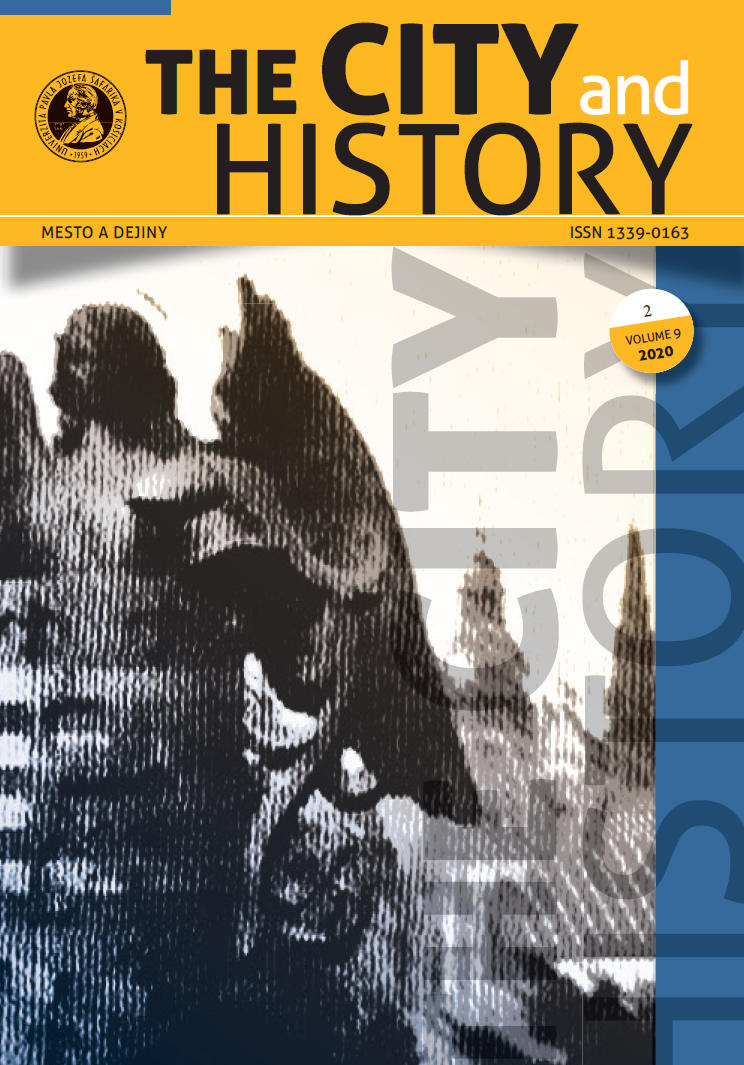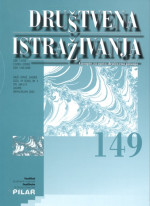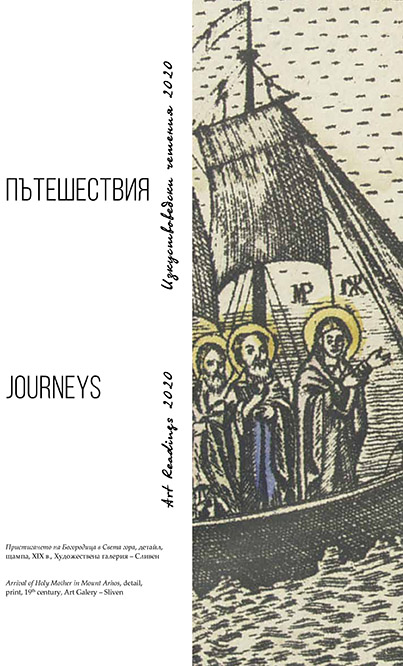Author(s): Oksana Zelіnsʹka / Language(s): Ukrainian
Issue: 1/2019
Research devoted to childhood as a social-cultural phenomenon has become more active in present-day science. Scientists study some peculiarities of the perception of child and childhood by society in different historical epochs, try to fix childhood limits and to define age periods within child age, and make a conclusion that in many cases, periods of man’s life are correlated with social roles of people rather than with biological age, and they were formed under the influence of social institutes developing together with the evolution of society. The present paper analyzes lexical means used in written records of the Ukrainian language in the 16th–18th centuries to denote child age and express the concept of an age differentiation of childhood. The written records of the Ukrainian language of different genres in the mentioned period were the sources of the research: e.g. business language records, P. Berynda’s dictionary, religious texts, sermons, and poetic works. Lexical units expressing child age to denote childhood as an age period of man’s life and general names originating from colloquial language and taken from Church Slavonic were used to denote children. Written sources confirm an active use of hypocoristic forms. The lack of a clear classification of childhood into separate age periods is seen in the system of children’s names. Most of the general names denoting children did not represent an age gradation of childhood and only some words were special names of a child expressing an age characteristic: those were the names of a newly-born child and a baby. Some adjectives combination with nouns to denote children indicated a relative age characteristic (little, minor) but the contexts in which phrases with the adjective little were used did not give a reason to distinguish between a little child and a young man. In several sources, a seven-year period was classified as a special stage in a child’s life, first of all, due to religious practice. According to Christian tradition, a child was considered to have no sins until the age of 7 since he or she cannot distinguish between good and bad. After that, he or she had to shrive. In secular practice, the age of 7 became the time when a child would be sent to an educational institution. The texts of pedagogical orientation prove the synonymy of common names denoting children with special names of the individuals who get education. A differentiation according to an age characteristic “adulthood” vs. “minority” can be seen clearly, which is explained by the legal status of an adult and, correspondingly, is expressed by the corresponding lexical denotations. The vocabulary denoting this age period is mostly represented by sources written in business language. One can see that lexical semantics, with help of which child age is marked in records of the Ukrainian language in the 16th–18th centuries, gives a general concept of childhood common for Ukrainian and European social communities of that time.
More...
